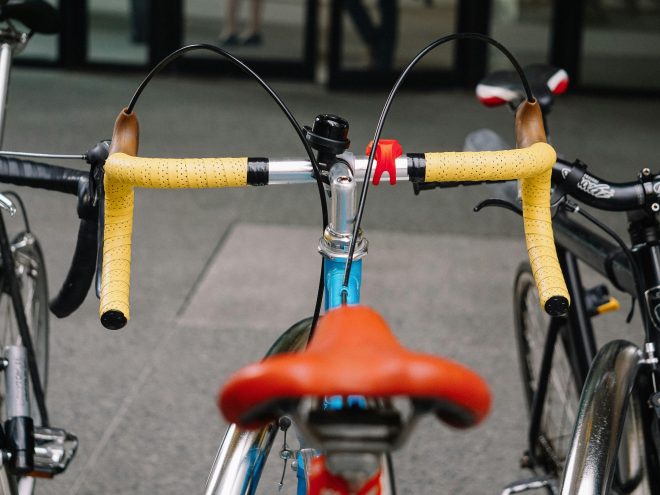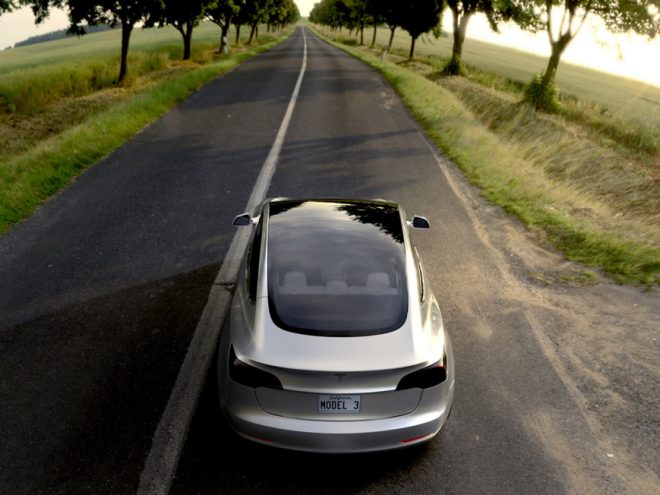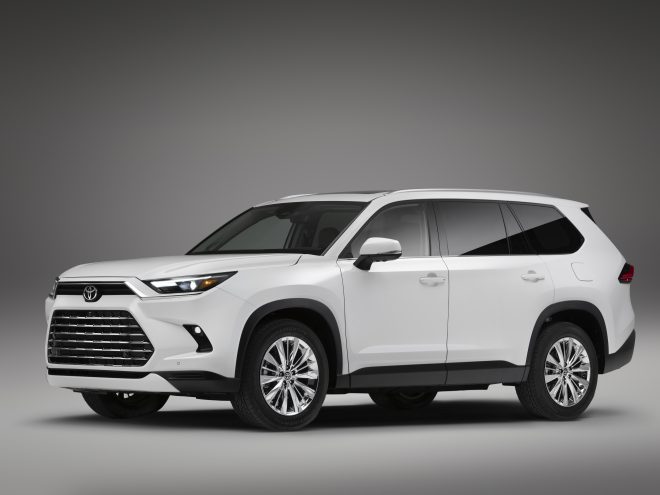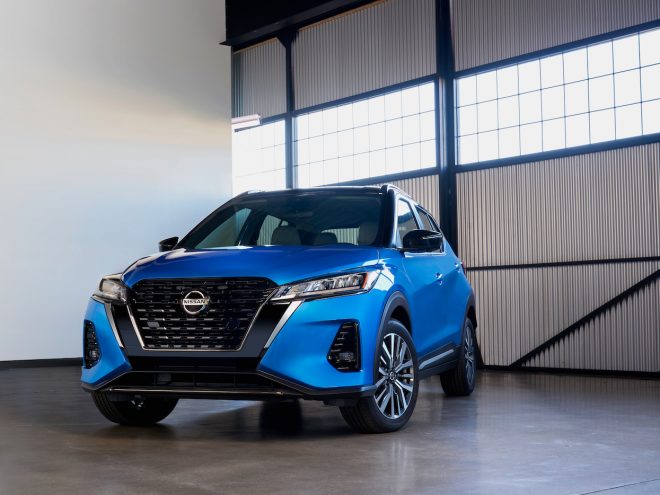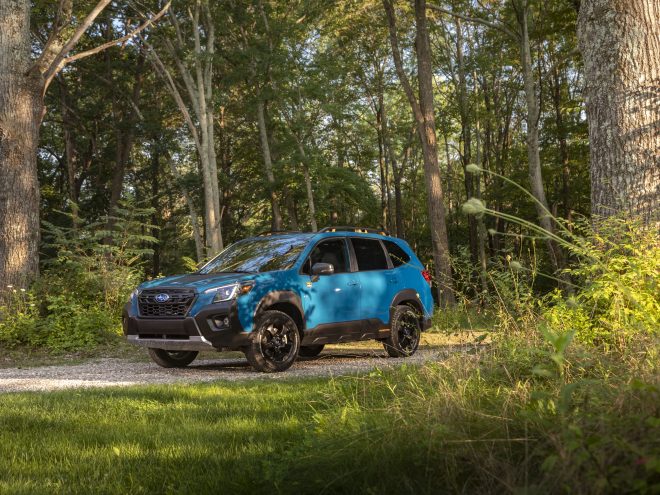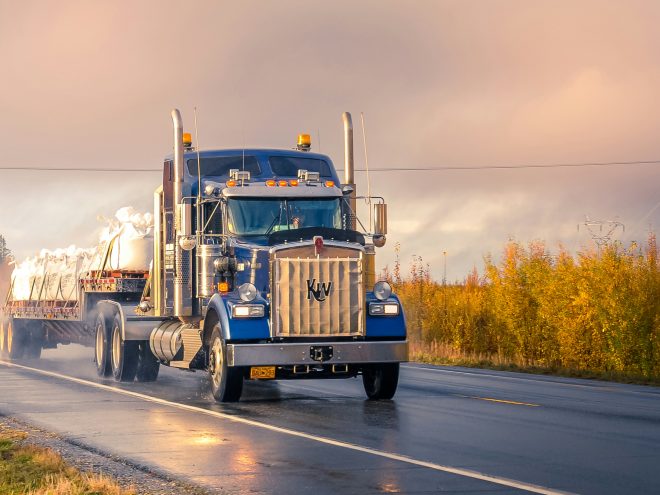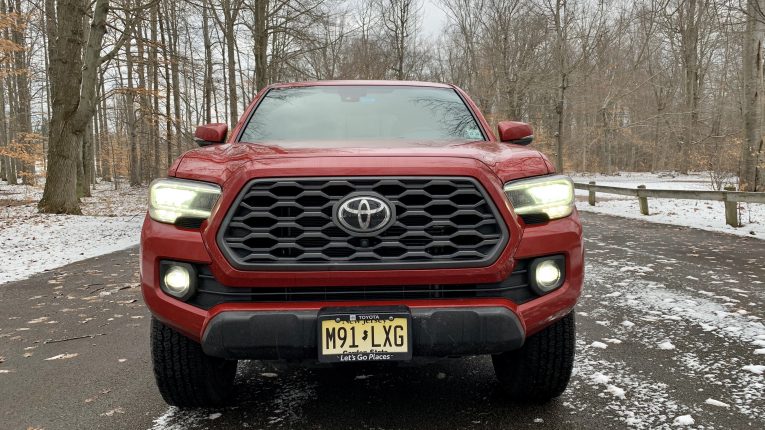
How Does a Winch Work (Complete Breakdown)
A winch is not any new tool that needs a separate introduction.
That being said, today’s winch is different than the winch that was used in the past.
A lot of the latest components and technologies have been added to these winches.
So, no matter how many other ways are there to recover your vehicle without a winch, using a winch is undoubtedly the best way to get your car unstuck.
Mainly, to recover your truck, Jeep, SUV, UTV, ATV, and different utilities, a winch is the loftiest choice.
Knowing how a winch works internally is not mandatory, but it won’t hurt either.
The best way to learn its mechanism is by knowing about its components and their role in running the winch.
By the way, if you don’t have a winch and you are on a tight budget, you can check this list of top quality winch for the money.
Winch Components and How Does a Winch Work
Every electric winch has some standard components. Let me list down those components one by one and talk about their basic functionalities.
Winch Rope: A winch can have either synthetic rope or steel cable. It varies in length, though. The higher capacity winches come with longer lines than the lower capacity winches, and in general, the length ranges between 40’-90’.
The synthetic rope weighs way less than a steel cable. On top of that, a synthetic line is less dangerous than a steel cable if it breaks under load. It’s always the right decision to use a dampener with a steel cable version as it will keep the rope from snapping back if it breaks.
Winch Drum: The winch drum is a cylindrical shaped object where the rope wraps around. It helps the rope for winding in and out correctly.
Free Spooling Clutch: Every modern-day winch has an onboard free spooling clutch. The operation procedure of the free spooling clutch can be different, but the end result is the same in all cases.
It lets you engage/disengage the gear. A free spooling clutch also allows you to pull out the rope by hand.
As I said, the operation procedure can be different. Some winches offer a pull-up and twist mechanism, and some feature a lever that you have to turn to operate.
Winch Gear: The majority of the winches are equipped with a 3-stage planetary gear system; some come with 2-stage planetary gear too.
These are elliptical gear, and the reason they are called ‘planetary’ gear is that they work like a planet orbiting the sun. That means a small gear revolves around a big gear.
The gear train lets the winch to pull heavy objects. It transforms the motor power to the pulling force. Using the free spooling clutch, you can engage/disengage the gear train effortlessly.
Winch Motor: Every winch has a motor installed into the system. It’s either an electric motor or a hydraulic motor.
An electric motor works faster than a hydraulic motor. On top of that, an electric motor is something that you will want to have in most of the cases.
Why?
It’s because it uses the vehicle battery power to run the winch. On the other hand, the hydraulic motor requires you to tie some lines into your power steering system and use that hydraulic pressure to run the winch.
You have to have the engine running to use a hydraulic winch; on the other hand, an electric winch runs as long as your battery has the power.
So, practically an electric motor is the most welcoming type of motor to use with a jeep, truck, SUV, UTV, or ATV.
The winch motor powers up the drum to rotate.
Solenoid: A solenoid is another component that every useful winch features. It can be a relocatable solenoid or a non-relocatable solenoid.
The solenoid directly connects your winch to your vehicle’s battery power. It activates the winch motor by supplying the necessary current without harming the winch motor.
You can plug in your wired remote control with this solenoid box and control the winching keeping a safe distance.
All the suitable winches feature weather-sealed solenoid box to keep it from outside materials.
Brake: An automatic load-holding brake inside a winch is essential to increase your safety. Almost all the top-notch winches like Smittybilt winch or KFI winch implement an automatic load-holding brake.
Final Words
This article was not about how to use a winch. It was about the different components of a winch and how they work.
I’ve made every effort to make you understand in the simplest way possible.
What I expect from you is to use a quality winch. You can read any well-written review guide to educate yourself regarding different market-leading winches.
Remember, it’s a must to take the required safety measures like wearing gloves, using a dampener, etc. while using a steel cable.
